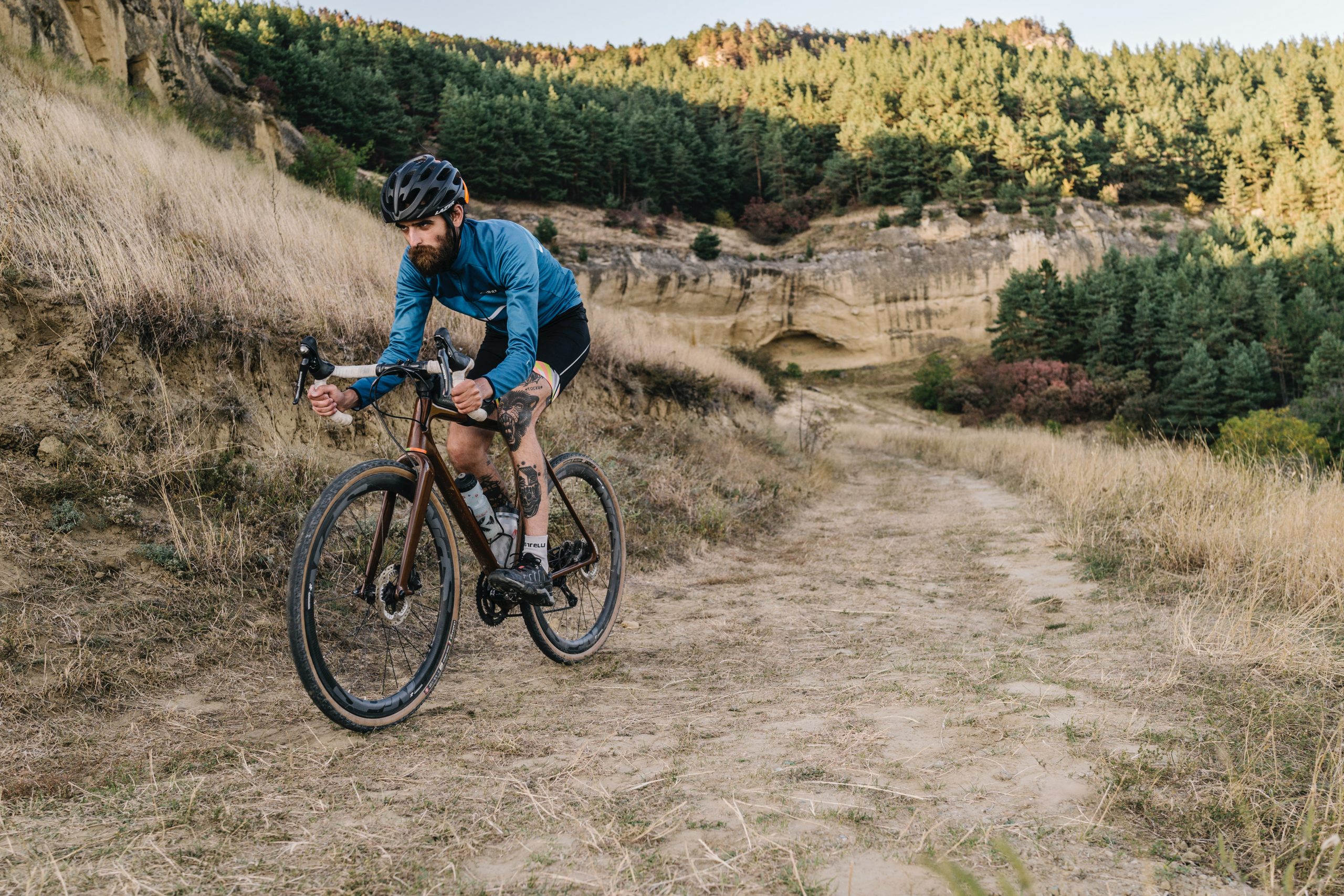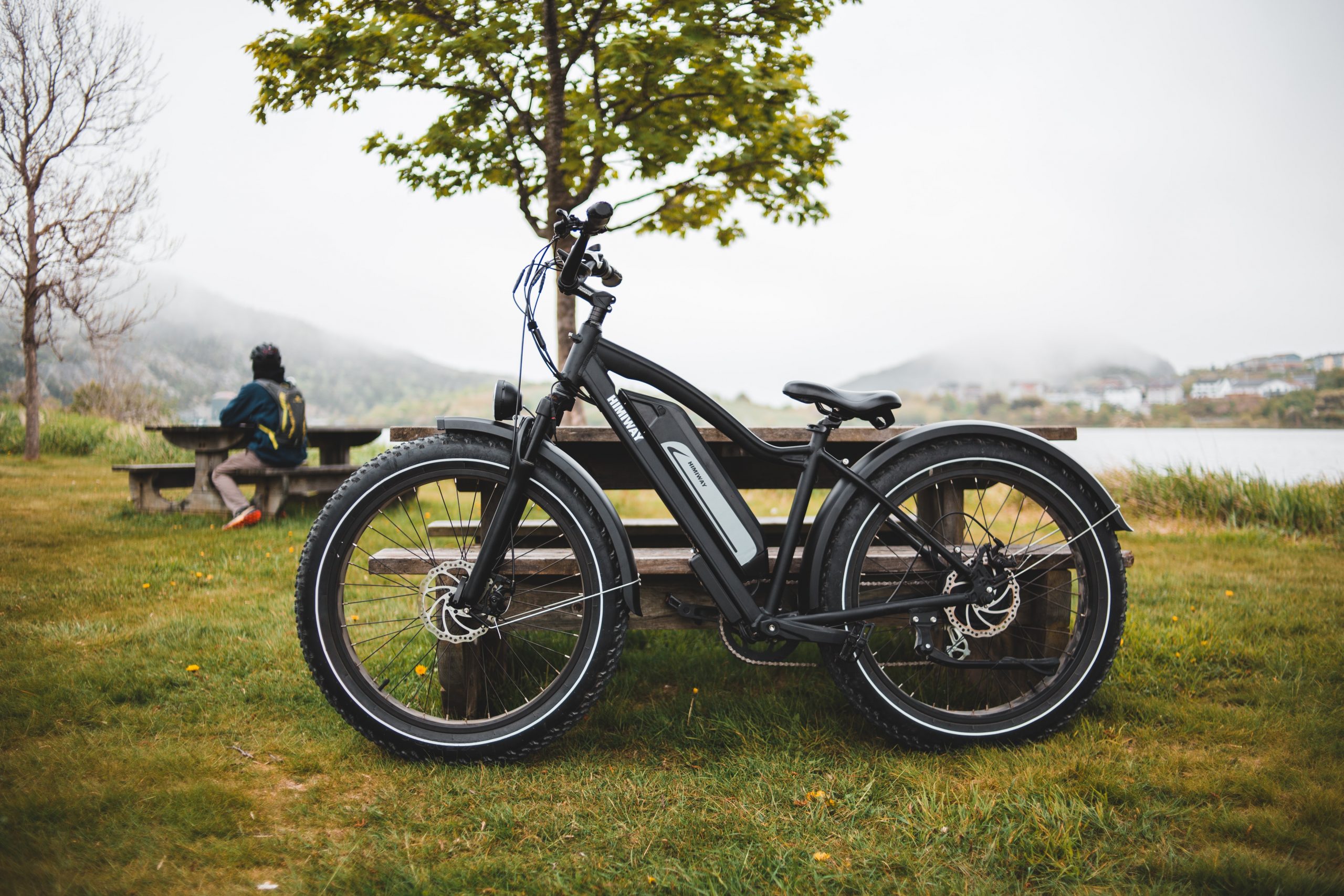It’s quite interesting to note that today’s modern bikes function the same way as their earliest generations. They are still basically a two-wheeled machine, with a frame and our momentum keeping us moving forward. Most innovations and advancements in crafting contemporary road bikes have come by way of changing the bike to faster, more capable, and comfortable than ever before. Other than that, it’s virtually the same instrument we learned as children.
As each manufacturer develops a marvel of modern materials and engineering, bikes are transforming at a rapid pace. From the most basic element of a bike to complex componentry and built-in storage solutions, road bikes have grown more resourceful and powerful than we ever thought possible. In this guide, we’ve rounded up everything you need to know about road bikes, its anatomy, riding possibilities, and a wider set of criteria to consider.
What Is a Road Bike?
The road bike is an umbrella term used to describe bikes that are designed purely for tarmac. They are easily distinguishable from other bikes because of their drop handlebars and skinny tires. However, within the category of road bikes, there are different subtypes of road bikes each featuring a slightly different, more defined purpose.
With some slight changes in setup and geometry, some road bikes are designed specifically for racing others for commuting, hauling heavy cargo and long-distance traveling. However, the underlying purpose of a road bike is efficiency and high-speed traveling. Compared to other types of bikes, road bikes share the following characteristics:
- Drop Handlebars. They are sleek and fast with drop handlebars for a racy aerodynamic position. However, there are also road bikes designed to offer a slightly more relaxed position for those not wanting the super-hunched style of a Tour de France racer but want to be as fast and efficient as possible.
- Narrow Tires. They have skinny tires for minimal rolling resistance. Most road bikes feature tires that are 25-40mm in diameter and run at high pressures of about 80 up to 120PSI.
- Lightweight Construction. Road bikes have a lightweight frame and wheels to offer more speed and maneuverability.
- Multiple Gears. They have derailleur gears for both efficient descending and climbing. Single-speed and fixed-gear varieties also exist which can prove useful while in heavy traffic.
The Anatomy of a Road Bike
A bike seems simple, a two-wheeled machine with a frame. But when you go shopping for a new bike, the folks at the bike shop seem to be speaking a whole different language and you don’t have the faintest clue what they’re talking about. Indeed, with all that technical jargon, the bike anatomy can be really confusing and frustrating.
Here is a guide providing a breakdown of each component that characterizes a typical road bike.
Frame and fork
The frame is the heart of the bike and an essential element in determining how the bike fits and functions. Frames come in different construction materials such as steel, aluminum, titanium, and carbon fiber with each material having its own advantages and disadvantages.
The frame also consists of the top, seat, head, and down tube which make up the front triangle and all operate together to render your bike and body weight stable. On the other hand, the seat stay, chainstay, bottom bracket, and dropouts make up the back triangle which helps you transfer power from your body to the pedals.
The fork is separate but works in conjunction with the frame to harmonize the head and the seat tube. The fork is connected at the top by a fork crown and a steerer tube which attach the fork with handlebars allowing the rider to steer the bike. Forks also feature different crown lengths (the distance between fork dropouts and the crown) and rakes also known as offset (the distance between the hub’s offset and the steering axis). These affect greatly the handling of the bike. Increasing the crown raises the bike’s front height and directly affects the head tube angle. The offset helps to reduce the trail and makes steering either faster or slower.
Wheels
Wheels consist of three main parts: the rim (which holds the tire and provides the braking surface), the spokes (the thin metal rods which connect the hub and the rim), and the hub (located at the center of the wheel which provides the axis of rotation).
Wheels are a crucial part of your bike providing strength and structure. They are your support system helping you gain more speed and suffer less fatigue. Choosing the right wheels heavily depends on your riding style.
For racing, you’ll want lighter wheels for better performance and speed. In the case of casual riding or touring, some nice wheels with a heavy rim to support the extra weight and prevent flats would be ideal. It’s also worth noting that wheels are the most expensive parts of the bike (after the frame and fork). Keeping them clean and in good working order is crucial.

Tires
Road tires can vary as much as wheels but they typically have a smooth tread surface known as slicks. In racing and fitness bikes, you’d normally see narrower tires while touring bikes and commuters have wider tires directly connected to their use. Wider tires are slower and have more rolling resistance but they are stronger and less likely to go flat. Narrower tires, on the other hand, have a high surface area and offer higher rolling resistance and grip. Skinny tires also run at high pressure of about 60 and 120 psi.
Brakes
Road bikes either feature rim brakes or disc brakes.
Rim brakes clamp the wheel rims themselves and braking force is generated through friction pads that are made of leather or rubber and are placed at the rotating wheel. The brake mechanism includes a lever mounted on the handlebar which when squeezed, clamps down the rim of the wheel.
Disc brakes are located at the center of each wheel and provide friction by squeezing the brake pad against the rotor. They generate more stopping power compared to rim brakes, are more reliable in wet weather and sloppy conditions, and reduce wear on wheels. Disc brakes also do not require a lot of force to pull the level which makes stopping the bike less tiring, especially on longer rides or fast descents.
Drivetrain (gears)
The drivetrain is that fancy name that includes a number of components that combine and function together to provide power from your legs to the wheels and basically make your bike move forward. The components of a drivetrain are as follows:
- Crank- includes the chainrings (front gears)
- Cassette (rear gears)
- Shifter
- Front and rear derailleur
The drivetrain is the dirtiest part of the bike which needs frequent lubrication in order to spin smoothly, keep quiet, and have a long and happy life.
Riding a bike is a great activity that keeps you active as well as providing a unique way of meeting new people and experiencing your surroundings. It’s also a great way to stay fit at any age due to the lack of impact on your body. Additionally, road bikes have the ability to
Riding a road bike is a great activity to keep you active and explore your surroundings. Their drop handlebars, frame design, brakes, wheels, tires, and all other components are specifically designed to give you an amazing ride on roads, giving you speed and comfort all at the same time.




